
views
- Relationship ambivalence is feeling a mix of positive and negative emotions toward another person and can occur between family, partners, friends, and acquaintances.
- An ambivalent attachment style, fear of abandonment, or a person’s low self-esteem can cause them to feel ambivalent toward the other person in their relationship.
- Ambivalent relationships usually have a lot of push and pull, alternating between high and low moments due to a person’s conflicting emotions toward the other.
What is ambivalence in relationships?

Ambivalence is feeling a mix of positive and negative emotions toward someone. In supportive and healthy relationships, the positives usually outweigh the negatives, while relationships with a lot of conflicts tend to have many more negatives than positives. However, a person in an ambivalent relationship is stuck somewhere in the middle, and they usually can’t describe their relationship as overwhelmingly good or bad. The phrase “love-hate relationship” is often a good way to describe an ambivalent relationship. Ambivalence is harmful when it causes a person to feel extremely stressed or puts them in an abusive situation. Ambivalence can cause a person’s stress levels to rise and negatively affect their physical and mental health. Some levels of ambivalence may be considered healthy. For example, uncertainty due to ambivalence leaves room for negotiation and more careful thought.
Where does ambivalence occur?
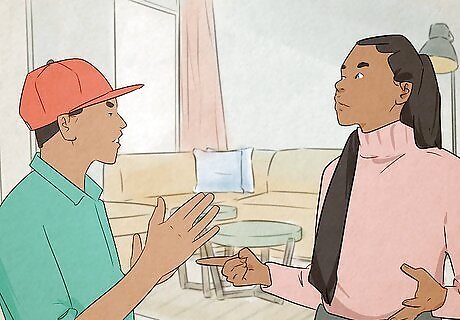
Between family members Ambivalence often appears more within close relationships, such as between parents and children or siblings. The close bond and sense of commitment a person might feel towards their family can be placed at odds with any negative emotions they might feel due to conflicts or differences of opinion. As a result, they may feel torn between positive and negative emotions when dealing with a certain family member. For example, siblings often have an ambivalent relationship. Since they’re family, oftentimes they must share a space while growing up and constantly be near one another, but they may get into fights a lot. Or, a child may still love their parent, but perhaps differences in opinion and frequent conflicts cause them to feel ambivalent toward their parent.
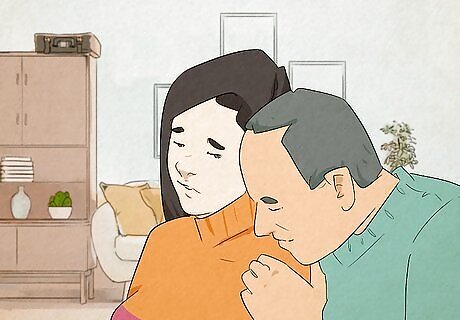
Between romantic partners Even couples who’ve been married for years can still face doubt and ambivalence in their relationship. For some, their sense of commitment and love towards their partner may be at odds with other negative feelings, and some people who feel ambivalent toward their partner struggle with deciding whether or not to break off their relationship. Others may not even notice or purposefully ignore these ambivalent feelings in order to preserve their relationship. For someone who is ambivalent toward their partner, lots of conflicting emotions can be at play, such as trust and distrust, excitement and anxiety, and fondness and anger. For instance, they may feel excited at the prospect of being with their partner but may also fear committing to a long-term relationship. Or, they may want comfort from their partner but are unwilling to share any personal or intimate details that could make them appear vulnerable.

Between friends A person can also feel ambivalent toward their friends. Their feelings toward their friend may change by the day—sometimes they’re great to be around, but other times being with them can be draining and frustrating. For example, a person might enjoy their friend’s company, but they might dread hanging out with them because they know that their friend only likes to gossip and complain.
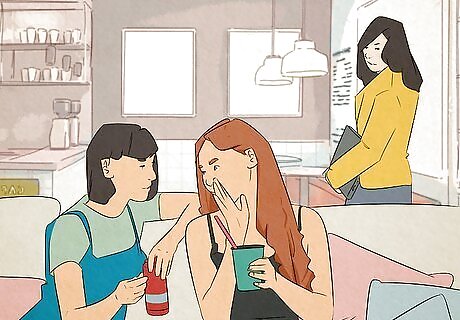
Between acquaintances Coworkers, school peers, neighbors, and any other acquaintances a person might have can also be the target of one’s ambivalent feelings. In some cases, someone might develop ambivalent feelings because they lack a close relationship with the other person and simply don’t spend enough time with them to determine whether their feelings are more positive or negative. Although, this lack of a close bond can also cause ambivalence to turn to outright displeasure more easily between acquaintances than between family members or friends. Having a “frenemy” (friend-enemy) is an example of an ambivalent relationship. This is someone who will help a person one day and then gossip behind their back the next.
Causes of Ambivalence
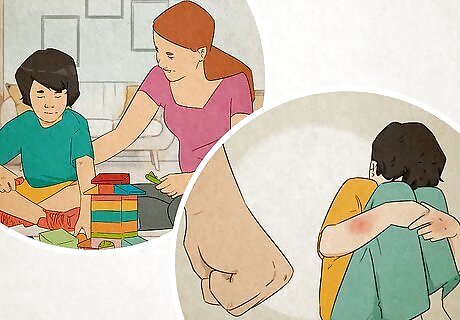
Ambivalent attachment style An ambivalent attachment style causes a person to feel a constant need for love and attention, but they may feel embarrassed by the idea that they’re coming off as too clingy or needy. A person with this type of attachment style may feel a lot of fear and anxiety when they think about if their partner truly loves them or not. These conflicting emotions oftentimes manifest in them regarding others with ambivalence. Ambivalent attachment styles are sometimes the result of a childhood where parents gave love and affection very inconsistently. This inconsistency might have caused the child to become very anxious and fear being abandoned in future relationships.
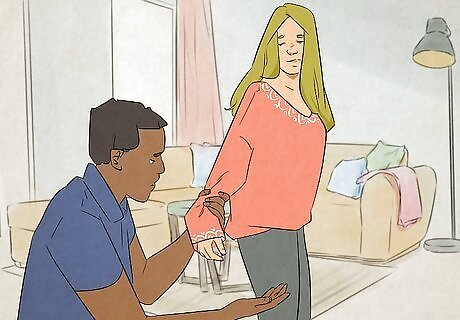
Fear of abandonment Even if a person isn’t totally happy within their relationship, the fear of losing the other person and being left alone may cause them to take on a more ambivalent attitude. They may try to reason with themselves and find the positives in their relationship even though there might still be negative aspects that are affecting them. These conflicting emotions are what may cause them to ultimately feel ambivalent toward the other person. For example, a person may choose to put up with their partner’s lack of communication rather than address it so they don’t risk their partner breaking up with them over the issue.
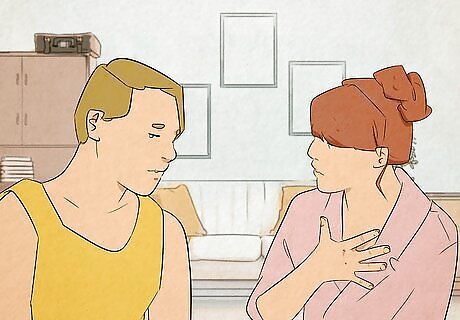
Unwillingness to acknowledge issues Some ambivalence is implicit, In other words, a person may not always be aware of or be ready to acknowledge their ambivalent feelings toward another person because they may not want to recognize the negative parts of their relationship. For example, one person in a long-term relationship may develop ambivalence toward their partner as the honeymoon phase wears off and they begin to notice more of the other’s flaws.

Fear of negative consequences The fear that things could quickly go south if a person were to voice their dissatisfaction and honest opinions about their relationship might cause them to take on an ambivalent attitude. Rather than facing the issues head-on and then working to move their relationship in a more positive direction, an ambivalent person might simply choose to coexist with the mix of positives and negatives. A person with an ambivalent attitude might feel stuck in their relationship and may simply be waiting for their partner to end the relationship so they don’t have to.
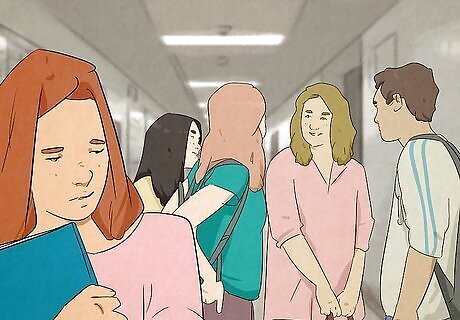
Low self-esteem Someone who has low self-esteem might have many wants and needs but may lack the confidence to ask for them. Unfortunately, this can cause them to settle into an ambivalent mindset, and they may tell themself that they should just accept things the way they are rather than risk their relationship by speaking up.

Desire for someone else When someone feels desire for another person outside of their relationship, they may feel like they’re being pulled in two directions. This is usually in reference to romantic relationships. A person’s sense of commitment and feelings of love toward their romantic partner may begin to conflict with their desire for another person, leaving them with feelings of ambivalence toward their partner.

Major life changes Things like moving, having a big argument, or changing jobs can spark feelings of ambivalence in a person. They may feel torn between wanting to escape the relationship due to the stress they’re feeling in the moment and their feelings of love and care for the other person. For example, after an argument, a couple might unconsciously choose to sweep the issue under the rug and move on rather than apologize to each other. However, this lack of communication is what may cause ambivalence to start growing between them.
Signs of Ambivalence
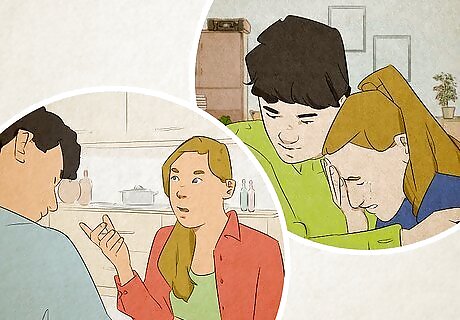
Push-and-pull patterns Someone who has ambivalent feelings may go between contrasting emotions on a daily basis. One day they may want comfort from their partner or friend, and the next, they may be pushing the other person away.

Difficulty making decisions A person’s ambivalence can make it difficult for them to make decisions, especially when it comes to their relationship. For example, a person who feels ambivalent toward their partner may be torn between doing what their partner wants and pursuing their interests. On the one hand, they may want to do what they can to make their partner happy, but on the other hand, they may feel like they’re being slighted if they don’t get to do what they want. The decision to break off a relationship can also be difficult for someone with ambivalent feelings. Their commitment to the other person may be at war with their unhappiness, making it difficult to walk away but uncomfortable to stay.

Stress and anxiety People who feel ambivalent toward others often experience higher levels of stress and anxiety due to their mixed feelings. Their conflicting emotions and ambiguous relationship with the other person oftentimes make it harder to predict how certain interactions will turn out They may also have to work harder to maintain a pleasant and unbothered appearance to hide their negative feelings. This can all lead to a buildup of stress.
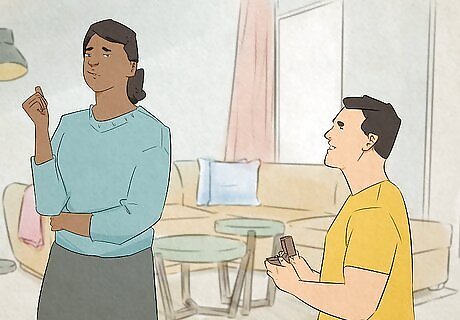
Fear of commitment This is something that applies more to people who feel ambivalent toward their romantic partner. While they may have their good days and happy, loving moments, their mixed feelings toward their partner can make them wary of being in a long-term, committed relationship.
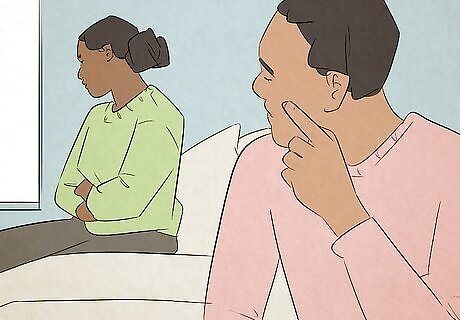
Avoiding intimacy In romantic relationships, some people’s ambivalent feelings toward their partner are due to a fear of rejection. Therefore, they may want to be close to their partner, but may not want to allow themselves to be open and vulnerable because they’re afraid that’ll cause their partner to leave them. This can cause them to avoid intimate moments altogether. Because of this tendency to avoid intimacy, ambivalent people are sometimes described as being emotionally unavailable and distant.
How to Deal with Ambivalence

Take time to process your emotions. Ambivalence, at its very root, is a combination of mixed and conflicting emotions, and separating all of these feelings can take time. So, if you think that you may be dealing with ambivalence in your relationship, allow yourself some time to sort through your feelings. Write in a journal, take some time to meditate, or just take a day to do nothing and give yourself space to think. You may not get any answers right away, but working to understand your emotions is a big step in figuring out what to do and what decision to make.
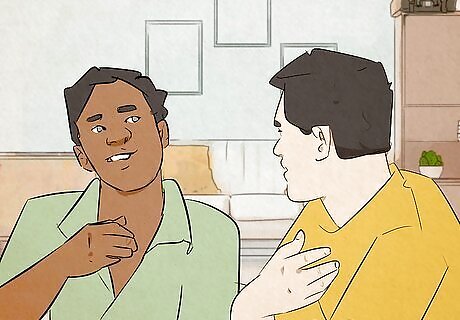
Talk to people you trust and get their opinions. If you feel stuck in your relationship, whether with a friend, family member, or partner, due to ambivalence, reach out to someone you trust and ask for their opinion on the matter. Tell them all of the details you feel comfortable sharing and listen to any advice they may have. Even if you don’t agree with everything the other person says, getting an outside opinion can help open your eyes to new perspectives.
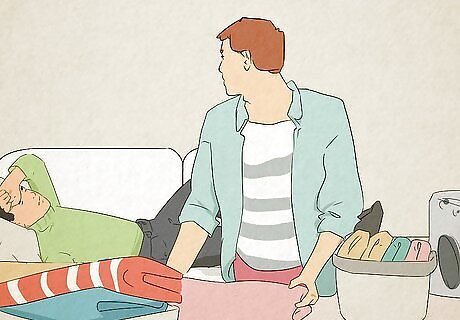
Accept things as they are instead of analyzing every moment. People who have an ambivalent attitude tend to overthink situations due to their conflicting emotions. However, overthinking might just strengthen your ambivalent feelings since you may unintentionally be looking for the bad or good in every small detail. To help free yourself from ambivalence in your relationship, make an effort to stop overthinking and just go with what your emotions are telling you. When you notice yourself getting caught up in your thoughts, challenge them by asking yourself, “Is there a logical reason why I should be worrying about this?” Be more mindful of your thoughts and actions to help stop overthinking. Self-reflect on what you say and do and check in with your feelings from time to time.
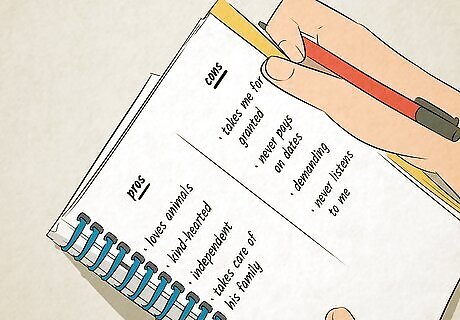
Make a pros and cons list about your relationship. This is something to consider if you’re deciding to end a relationship where you mostly feel ambivalence toward the other person. Make a pros and cons list that features all of the things you like and dislike about your relationship and the other person. Does one column outweigh the other? Do you think you could make changes to help deal with the cons? Sometimes writing things out can help you come to a decision.

Reframe the negatives in a more positive light. Ambivalent relationships can be hard because you have lots of positive and happy feelings clashing with more negative emotions. If you want to make sure your relationship remains intact, make an effort to reframe the situation and view the negative aspects with more understanding. While not every single problem may be fixed by this, it can help you start moving your relationship more toward the positive side. For example, if your partner has some habits that irk you, make an effort to be more understanding as long as their habits aren’t causing you any discomfort.
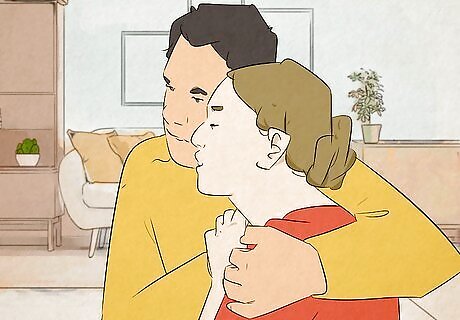
Make the changes you want to see in your relationship. This can definitely be a scary prospect, but taking action is oftentimes the fastest way to begin seeing the changes you want in your relationship. Due to ambivalence, you might find it hard to take a step in one direction or another, so start with small changes to help build up your confidence. For example, if you want your partner to be more affectionate toward you but feel conflicted about asking them directly, make an effort to model the behavior you want to see. If you’re more affectionate toward them, they may get the hint and change their behavior.
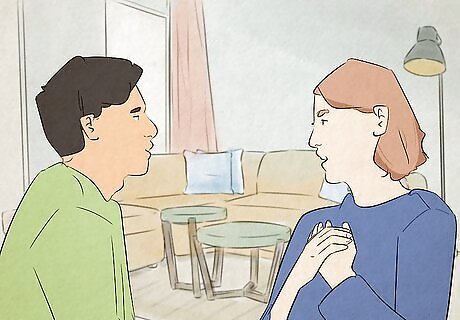
Be honest about your feelings with the other person. An important part of dealing with ambivalent feelings is sharing them with the other person. It may be hard, but communicating your honest feelings is what will ultimately help you lay out any issues in your relationship so you can together work to fix them. Give yourself time to calm down before talking with the other person since you may not be able to communicate too clearly if you’re angry or stressed. Use “I” language when talking about your feelings to avoid placing blame on the other person. For example, instead of saying, “You don’t pay attention to me,” say, “I feel disconnected from you because we don’t spend a lot of time together.”
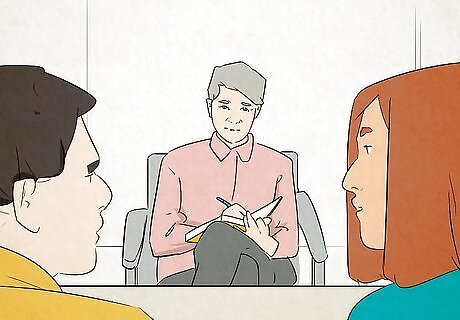
Consider talking to a therapist or counselor. Sorting through these ambivalent emotions and trying to decide on what to do within your relationship can be hard, so talking to a therapist, seeing a family counselor, or attending couples counseling if you’re in a romantic relationship might help. A therapist can give you an outsider’s perspective as well as facilitate a healthy conversation between you and the other person.




















Comments
0 comment